In at the start: why VFX is more than just “post”
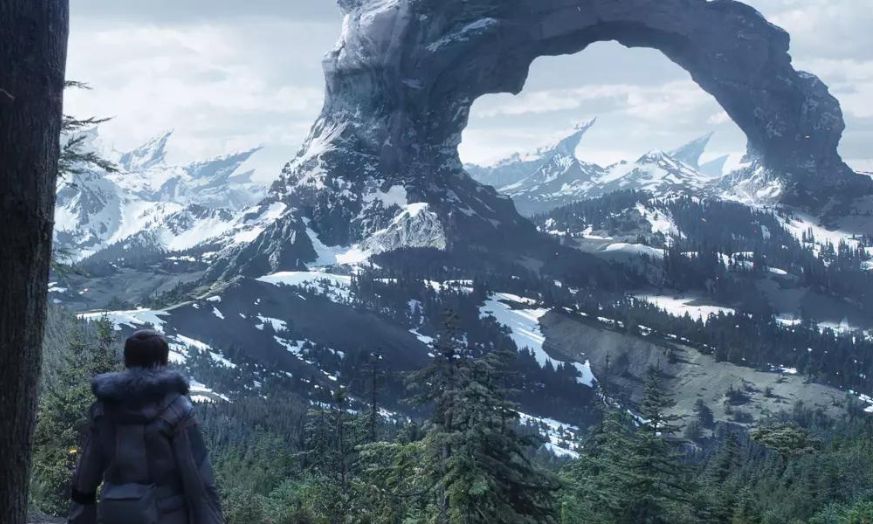
Insights
We’re entering a new age of visual effects. Robin Hackl, VFX supervisor on projects such as The X-Files and Deadpool explains why… and how.
By Robin Hackl, Visual Effects Supervisor | May 10, 2018
We’re entering a new age of visual effects. Whereas multi-million dollar visuals were once the domain of Hollywood blockbusters, Netflix, HBO, Amazon and more have pioneered a television revolution, bringing increasingly impressive content on the smaller screen. What does this influx of new work mean for the visual effects industry? It means that technology and processes need to be refined. Productions need to see “post” as more than a final hurdle. It needs to be part and parcel of the whole process. Robin Hackl, VFX supervisor on projects such as The X-Files and Deadpool explains why…and how.
Is it always more beneficial to have VFX teams involved in a project from the start, rather than considering them as a post resource only?
Absolutely. VFX is a service industry. We’re here to help, and we’re happy to step in at any point during production. But the earlier, the better; no question. There are just so many problems that can come up along the way in a production, from the very first stages right through to hitting send on final delivery. Thankfully, productions always have a VFX supervisor or production team present who massively alleviate these issues along the way. But to get the vendors involved as early as possible always benefits the end result, without a doubt.
And by “as early as possible”, I mean from the concept process. If we can be involved in that creative process and contribute ideas with regards to a creature, for example, it can really mitigate issues later down the line. Many times we’ve been presented with creative artwork – ideas that have even been run up the flagpole and approved – but when it comes to physically creating and animating the concept in 3D, being as accurate as possible, we’ll find it can’t move in a specific way without losing its sense of realism.
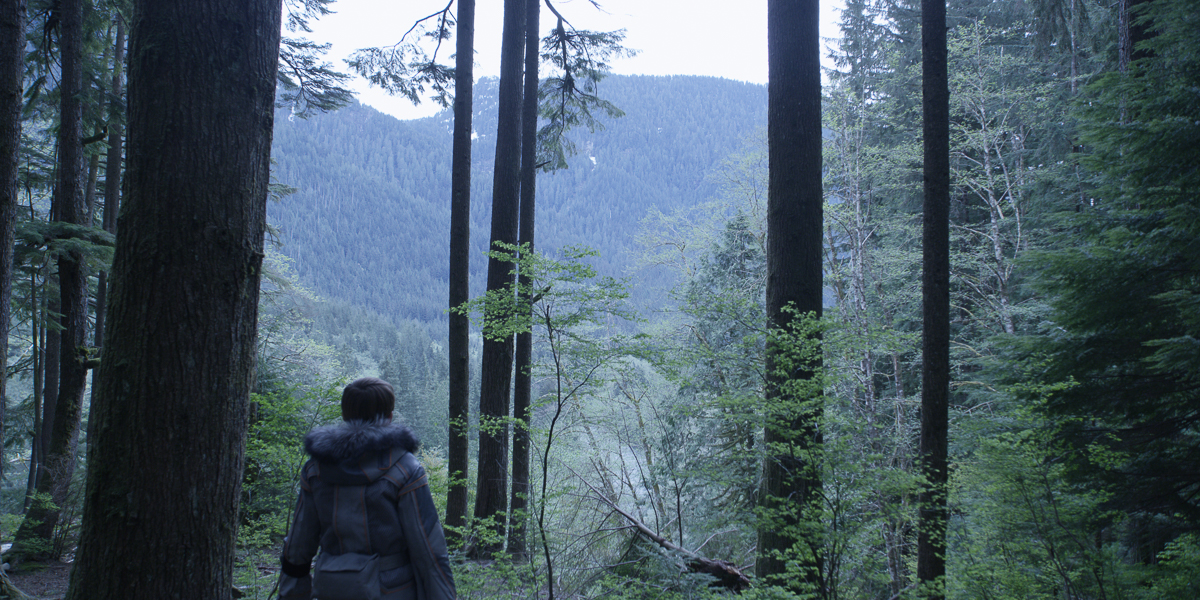
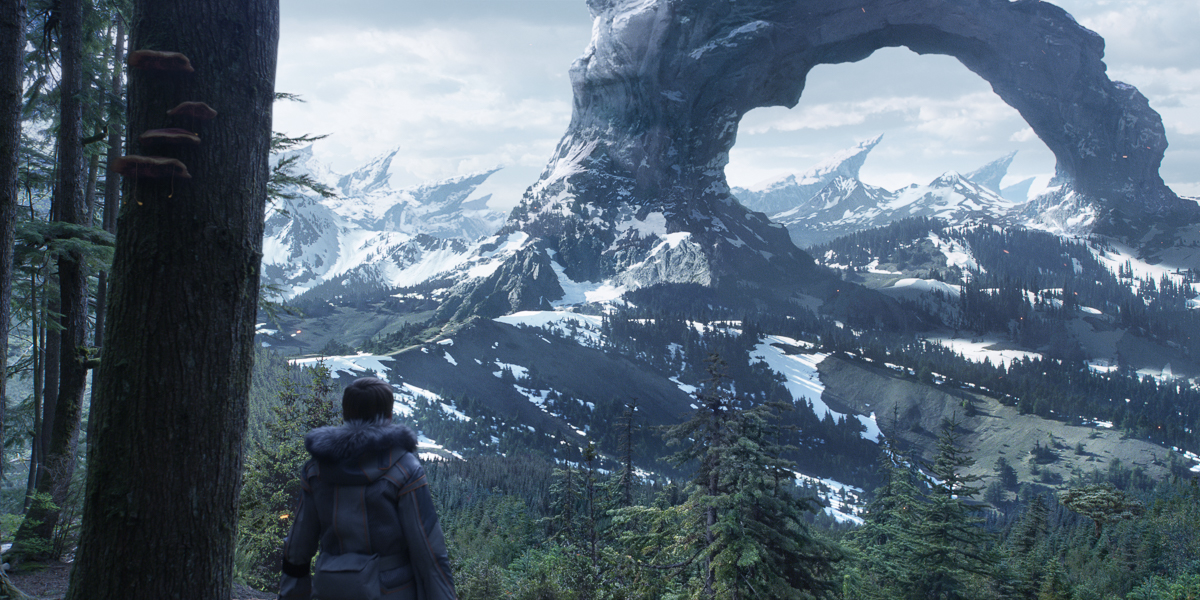
This is one area where Image Engine excels: we have a team of talented artists tailored towards creature effects. They know anatomy and how a creature moves, from the skeletal system that holds it up to the muscles that make it locomote and the skin that holds everything in place. Thus, when they’re designing something they bear anatomy in mind. They don’t simply design for fantasy, but for physicality too. Having that knowledge and understanding involved in the process from the very first stages is hugely beneficial to a production. It eases issues later on in the pipeline, and that leaves more time for creative iteration on final shots.
To put this into context, when working on season 11 of The X-Files, we worked on a number of shots that contained an alien craft hanging inside a hangar. The production team brought us in early and gave us blueprints of the stage in which they were shooting. Forearmed with this knowledge, we knew the exact dimensions we needed to work to for a great final shot. From the concept stage onwards we knew what we were working with, and knew we wouldn’t have to start hacking bits off whatever we created in the eleventh hour.
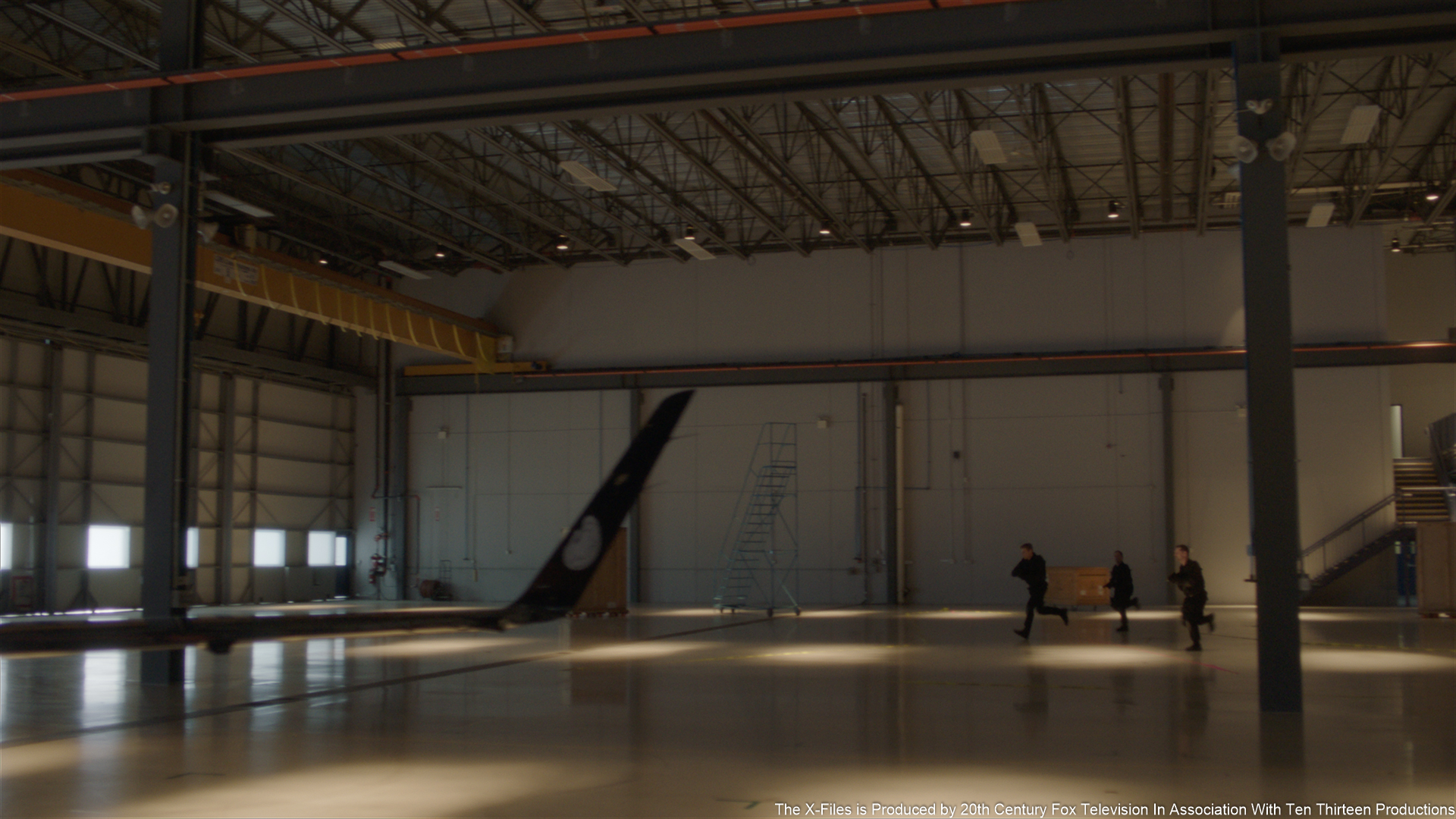
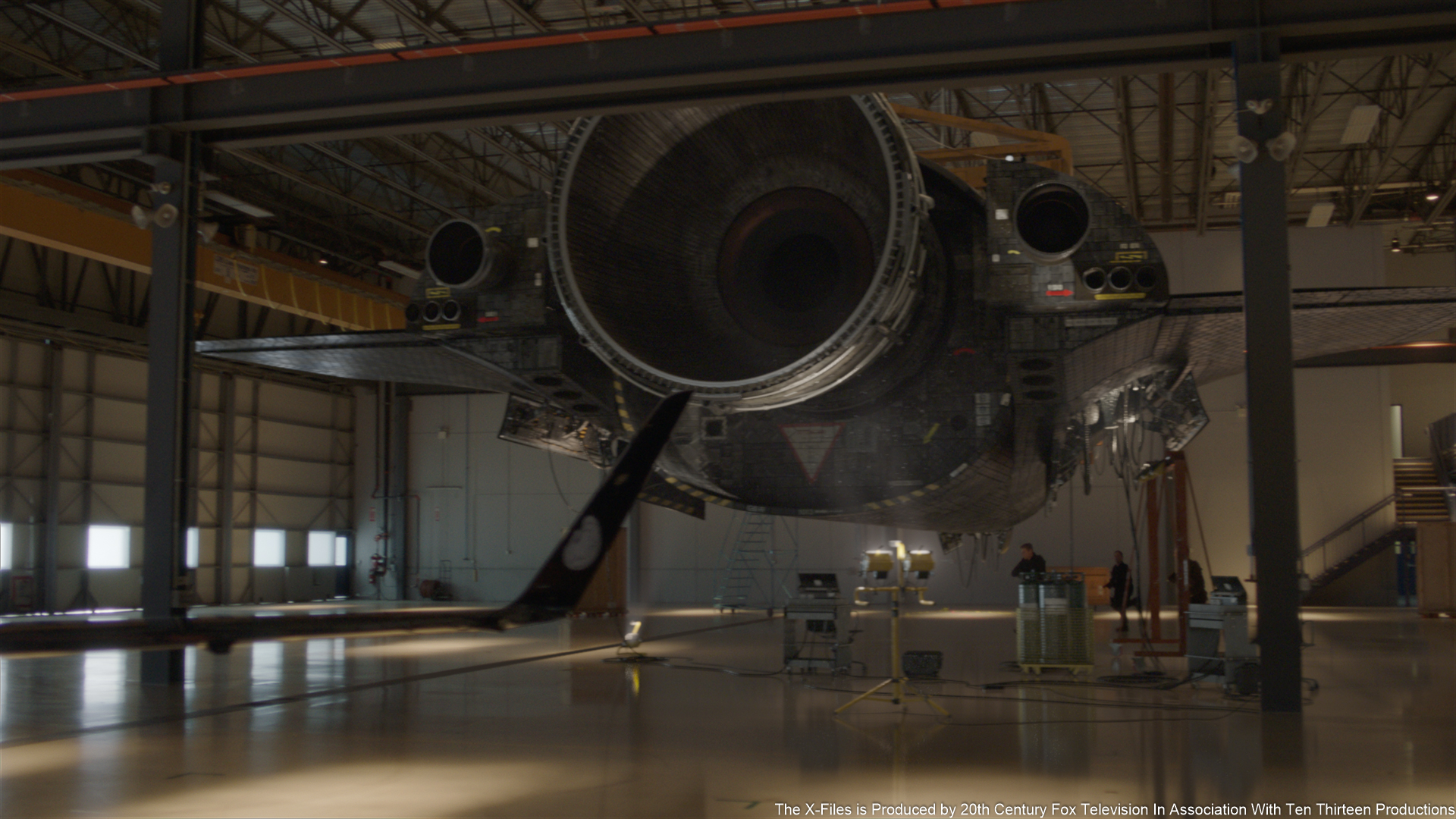
Is collaboration absolutely vital to making the process work
VFX needs to be collaborative. It’s its very nature, whether collaborating with fellow artists across the office aisle or collaborating with production teams in another country or even continent. The technology is there to enable this today.
The back and forth is extremely important. At a basic level, it’s a way to generate ideas. Sometimes the production has insight from their end that impacts on the work we do. Sometimes it’s vice versa. Sometimes they’ll come to us with a bunch of reference footage and say “this concept needs to be like this, but we need you to give us your spin on it.” Working together on this, from as early on in the process as possible, leads you down a more appropriate path.
These conversations can’t just happen in post. Ideally they’re starting in pre, and continuing into production, enabling us to capture the data we need on set to move things forward.
How close should you be to the director of a show, and how early?
What we’re always trying to do in these conversations is to get a better sense of what the director of that particular project is thinking. We want to channel the information from whoever has the core vision for the show, and we of course want to get as close to that person as we possibly can. In some cases we have direct access to the director, in others we work through the VFX department of the production. Whatever it takes to get into the minds of the people who want this product made and to find the best solution to achieving this.
The closer we can get to that person, and the earlier we can do it, the more inside their head we can get. It’s then always easier to achieve a more satisfactory result. We can build out the concept from the really rough brushstrokes, so to speak, get those early concepts out to the production quickly, and then the rest of the process is about execution – not about figuring things out. You just go and make it happen. It’s really crucial to have those conversations from day one, if possible.
It feels that this is more important in today’s landscape than ever, with increasingly more high-end, Hollywood-level CGI television work required across Netflix, Amazon and other streaming services. Are you finding an increase in the amount of work and expectations in this area, and does earlier involvement mean a streamlined production schedule?
It’s not really a trend anymore; it’s a reality. And it’s one that’s going to tailspin the industry in an entirely new way. Who knows where it’s going to take us next. With the advent of super high-profile shows, like Game of Thrones or Lost In Space, which we’re very lucky to be a part of, there’s been a trickle down in people realizing that high-budget, highly visual TV can be creatively successful and successful in terms of viewership. It’s set a precedent, which isn’t going to go away. We’re going to see people vying to be the next Game of Thrones.
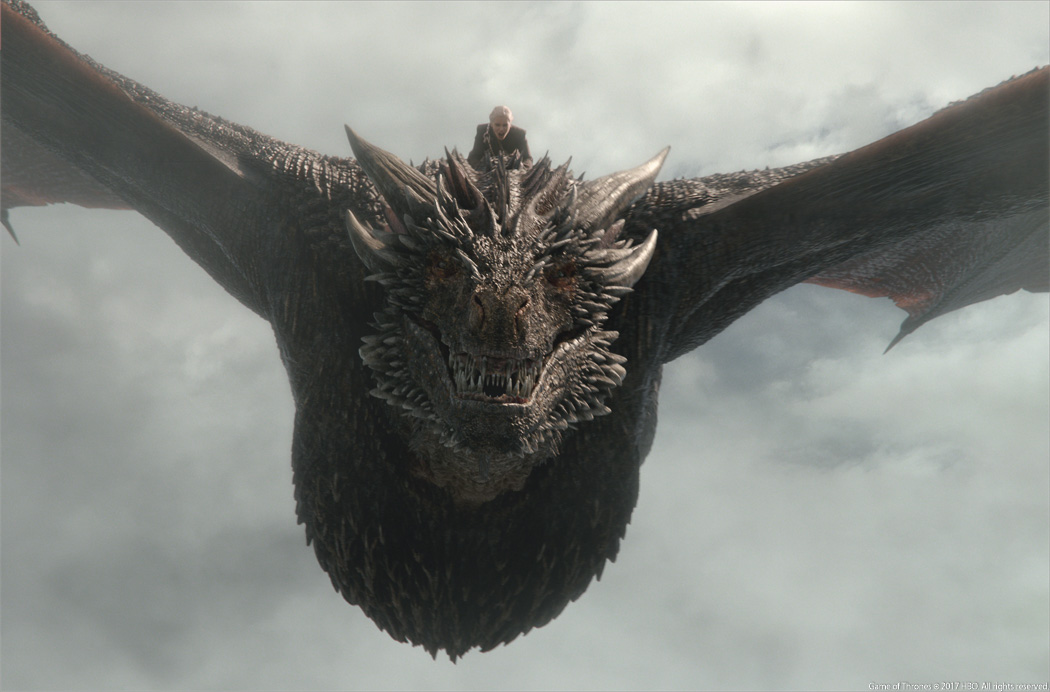
And who will it be? Netflix, Amazon, Google – they’re all vying for that space. Who is that content going to come from and to what level is that content going to be carried out? We’re living in the visually extravagant age of Marvel movies – audiences want to see that level of excitement replicated in the home. So we’re starting to see these incredibly complex visual effects moving over into television shows – and there are no signs of that stopping. It’s only going to increase.
That means expectations are shifting upon VFX teams, and of course, the need to be involved from stage one is paramount. That statement applies across the board, but particularly to television, where timelines are shorter.
How does that impact on you as a VFX supervisor?
It’s interesting to note that television was actually Image Engine’s origin. We’ve evolved over the years into feature film work, but it’s interesting to see the industry come full circle – and to see how requirements have shifted in the interim period.
The project management triangle has certainly shifted. But it’s incumbent on a studio like Image Engine to be able to respond to that effectively. When we’re being brought onto a project, it’s not just so we can create amazing visuals. It’s so we can do that efficiently and systematically by presenting tools and processes that empower quality workflows.
At Image Engine, we’re constantly redefining our pipeline, developing a process that allows us the flexibility to get things done fast and at high quality within the budget we’re working to. It’s a continual process; we’re constantly striving to improve how we do what we do. And that’s vital in television, where time frames are much shorter and deadlines are more pressing.
By having creative discussions as early as possible, however, we can determine how to best utilize our pipeline to achieve the most exceptional results. We can figure out how to deliver highly complex work in a very short amount of time. It’s an ongoing challenge to work out how to do this. From my perspective, I find it incredibly interesting. One day you’re building a rocket ship, the next day you’re generating a werewolf. Productions are looking to us to execute on that, and to do it fast.
The earlier we can communicate – the earlier we simply talk about the final result – the better that result will be.

